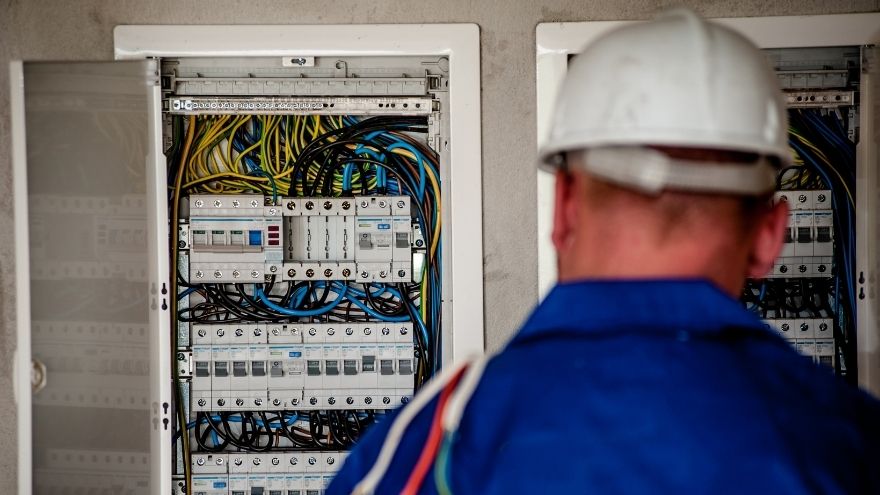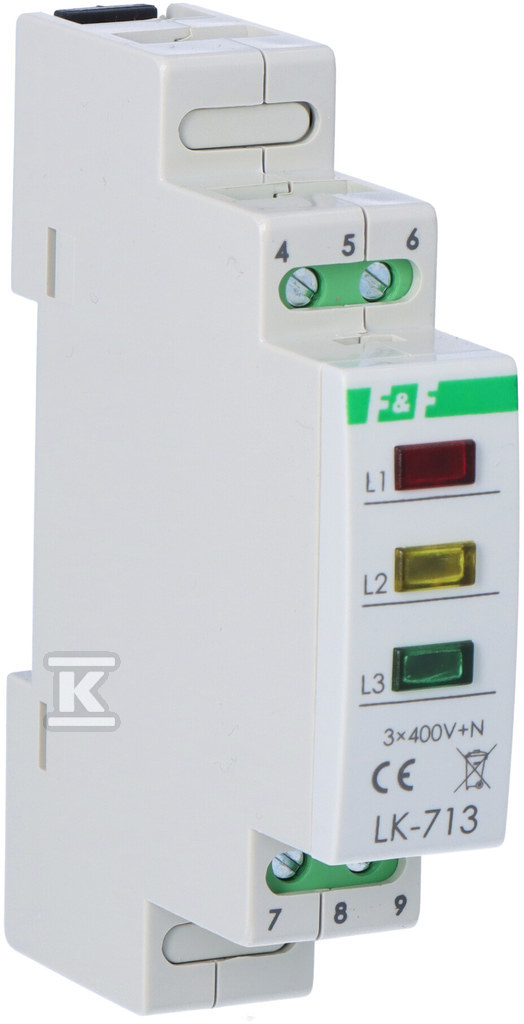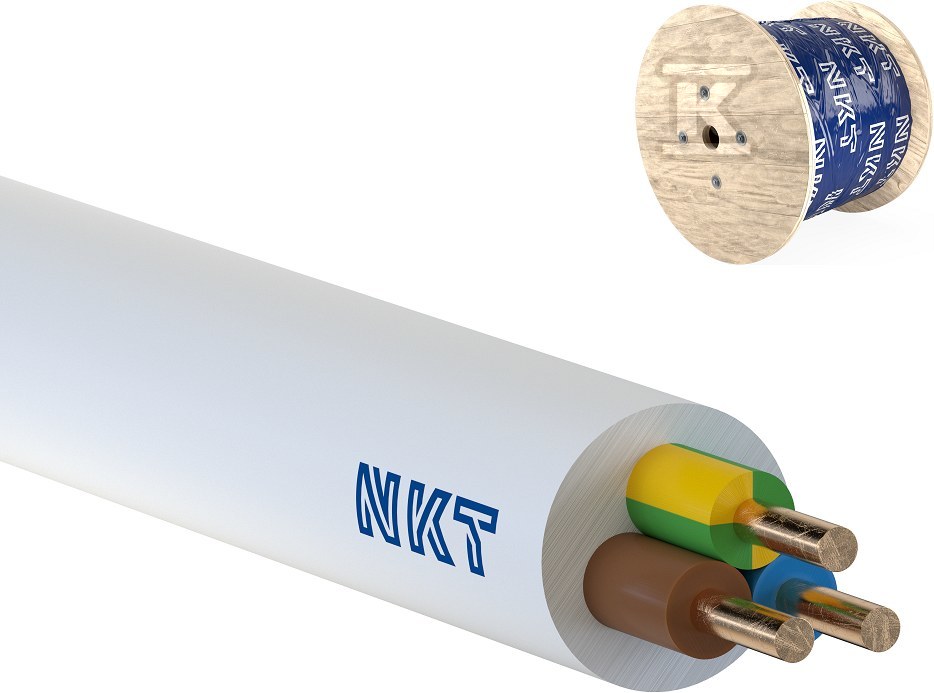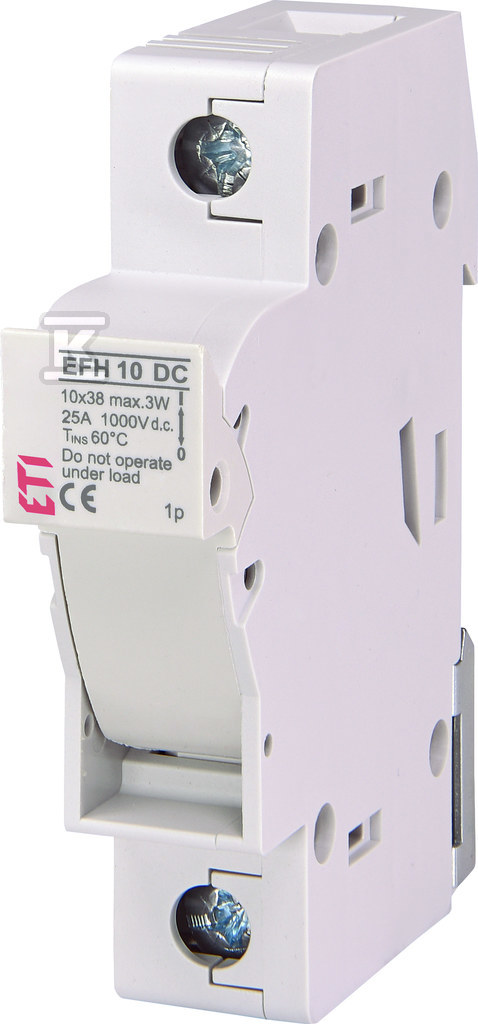Issues related to electrical conductivity are crucial in the profession of an electrician and electrical installer. Electrical conductivity, or conductance, is the ability of a material to conduct electricity. Therefore, if you are modernizing an electrical installation or connecting new equipment to an existing system, you need to know what the conductivity of the materials used is. Only when you know how a given raw material conducts electricity will you be able to create safe electrical circuits.

Check cables and wires at the Onninen wholesaler
Units of electrical conductivity and conductance
 The orderly movement of electric charges in installations is essential if the system is to operate efficiently and without frequent failures. A key concept in the work of every installer is conductance. When selecting materials used to connect such installation elements as electrical equipment and modular equipment , you must take into account several parameters:
The orderly movement of electric charges in installations is essential if the system is to operate efficiently and without frequent failures. A key concept in the work of every installer is conductance. When selecting materials used to connect such installation elements as electrical equipment and modular equipment , you must take into account several parameters:
- electrical conductivity,
- current,
- resistance, or impedance,
- the size of the electric field,
- voltage of the flowing current.
When choosing cables and wires for modernization or creating a new electrical installation, you must first and foremost consider how much current flow will be required in a specific system. Conductivity is expressed in Siemens (SI), and the name itself comes from a famous designer whose main field of work was electrical engineering - Werner Siemens.
Electrical conductivity comprises three important units: the length of the conductor, the cross-sectional area of the element, and sigma, or the specific conductivity of the material.
What is the relationship between electrical conductivity and resistance?
Electrical conductivity and resistance are closely related but are opposite measures of a material's electrical properties. Electrical conductivity is a measure of a material's ability to conduct an electric current, while electrical resistance is how strongly a material opposes the flow of that current.
 In practice, a material with high conductivity (such as copper or aluminum) has low resistance, which facilitates the flow of electric current. In turn, materials with high resistance, such as insulators (such as rubber), have low conductivity, and this impedes the flow of electric current, so they are perfect as insulators for installation cables .
In practice, a material with high conductivity (such as copper or aluminum) has low resistance, which facilitates the flow of electric current. In turn, materials with high resistance, such as insulators (such as rubber), have low conductivity, and this impedes the flow of electric current, so they are perfect as insulators for installation cables .
As an installer, you need to know that the resistance of a given material depends on its specific properties, such as the number of free electrons. In conductors such as copper, these electrons can freely move through the material under the influence of an electric field , and this results in low resistance and high conductivity.
What influences the electrical conductivity of materials?
There are several factors that affect how electricity flows through a given material. The intensity of the electricity itself is not very important. What matters is the value of resistance and conductance.
 Factors that affect how a material conducts electricity are:
Factors that affect how a material conducts electricity are:
- Temperature – in practice, a change in the temperature of, for example, copper or a conductive liquid may affect how the conductivity of a given material changes.
- Level of contamination of the conductor – for example: oxidized silver is a worse conductor than untarnished silver.
- Electromagnetic field – when increased, the flow of current can be slowed down in a material.
- Frequency – this is the number of oscillation cycles that an alternating electric current performs per second (measured in Hertz).
In many materials, conduction occurs via band electrons. However, in electrolytes, the material carries entire ions with their net electrical charge.
So, the best conductors with excellent electrical conductivity values of the material are silver, copper, gold, aluminum, zinc, nickel and brass. Also remember that in conductors there is always movement of free electrons, while in semiconductors electrons. When it comes to electrolytes - here we are talking about ions.